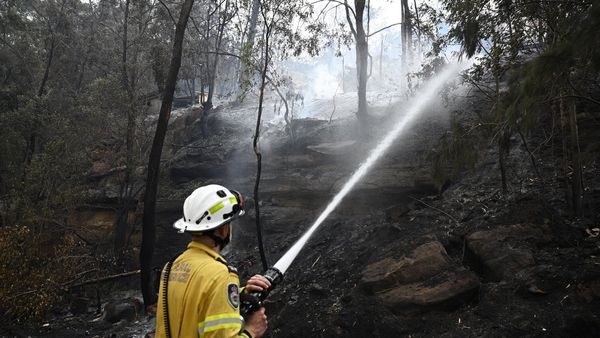
Dealing with reactivity is often one of the biggest challenges pet parents face, so if you're struggling with this issue with your own dog right now, rest assured you're not alone.
Learning how to calm a reactive dog so that they can feel more relaxed and comfortable around common triggers takes time, patience and consistency, but according to expert trainer and behaviorist, Julianna DeWillems, it can be done.
Unlike dog aggression, reactivity often has its roots in genetics, a prior frightening experience, or a lack of early training and socialization that causes a dog to overreact to certain stimuli in their environment out of fear. It can be frustrating to work with and up until this point, it may have left you feeling trapped in your own home.
Thankfully, DeWillems has shared a video to Instagram in which she shows a real life example of a successful intervention with a reactive dog. You can view the video below or read on for a summary of her top tip and how you can apply it with your own pup.
In the video, DeWillems shows a fellow trainer working with a reactive pup who had a history of barking and lunging every time a bike rode past and startled him.
"His trainer chose to put looking at bikes on cue to signal to the dog that a bike is coming, reducing the risk of him being startled," she explains.
"The game consists of the guardian cueing 'do you see the bike?', which signals the dog to look for the bike and then look back at the guardian for a treat."
This particular technique worked well with the dog in the video who was able to look for the bike when he was cued to do so without reacting and then immediately look to his trainer for a dog treat.
"Since implementing this training game around triggers, this dog’s reactivity has decreased in intensity and frequency, and he recovers much more quickly," DeWillems says.
However, as with any new training technique, teaching your dog to be less reactive will take time.
"Reactivity training is not meant to eliminate the behavior right away—it’s a long process, usually due to the big feelings that are behind the barking and lunging. But seeing major positive changes like this means he’s on the right track and has made significant progress."
If your pup struggles with reactivity around certain triggers and you'd welcome some extra support with helping them feel calmer, we recommend reaching out to a professional trainer for advice and guidance.
Check out our guides to how to stop a dog from jumping up and how to crate train a dog for more great training tips.







